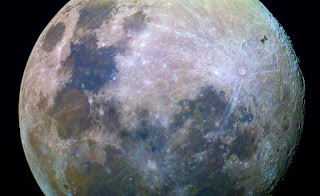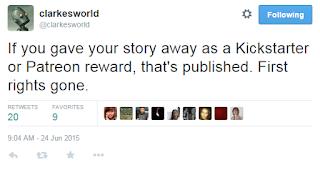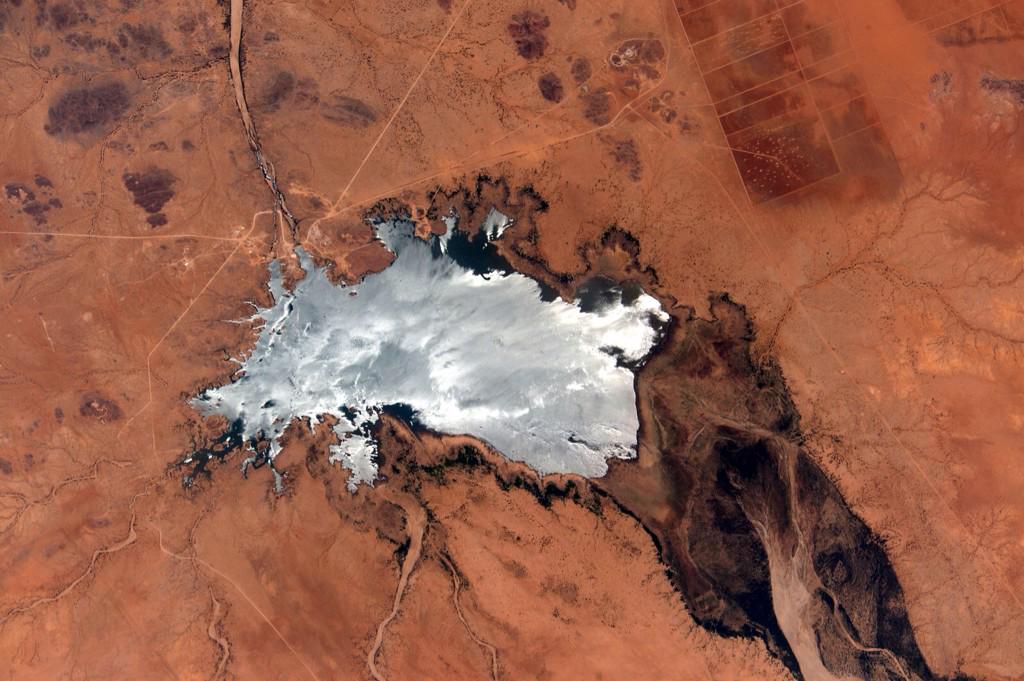This week's science photo is actually more about "science music". If intelligent life exists out in the deep black, and they
happen to stumble across the Voyager spacecraft, launched in 1977, then they
will soon discover that they have a Golden Ticket straight to Earth. Or
something like it, since the Voyager is carrying several discs collectively
titled “The Golden Record.” The sound bytes contained on these records range
from the music of trains and cars to mud pots bubbling – a digital museum of
sorts meant to represent the sounds of Earth to strangers from another planet.
There is even a large collection of spoken greetings in various human languages,
in case your average interstellar dweller might happen to know Arcadian or
Welsh.
Whether or not aliens will ever listen to these sounds, now
they are available for native Terrans to listen to instead. So enjoy the sounds
of civilization and nature. Once the aliens trace this miraculous variety back
to Sol, you might not have the luxury again for a while. *doom doom doom*
Earth is a delightful gem in a sea of what sometimes feels
like sterile hostility. But surely in the vastness of space, Earth cannot be
the only planet capable of containing
some sort of life – or at least life supporting conditions. In fact, scientists
and virtual space explorers may be on the verge of finding Earth’s twin. In a
new crop of some five hundred planets being studied, Kepler 452b is the most
similar to Earth yet. It has an orbital year of 385 days, and its sun is very
similar to our own. Its perfect placement in the habitable range of its solar
system makes it very likely that the planet could have water, the sort of
atmosphere necessary to protect the development of life, and even active
geological movement.
Discovering planets
with a decent chance of supporting human life is crucial if we are going to
entertain any long-term colonization plans at all. But it also is a good
indicator that perhaps other creatures might exist somewhere else in the
galaxy.
Jupiter, the mysterious monster planet with the iconic red
eye, might be next on the list of celestial bodies to study up close and
personal in ways never before accomplished. NASA is investigating an entirely
new design for keeping a robot probe afloat in the hazardous conditions of
Jupiter’s atmosphere. And, like most successful designs, the so called “wind
bot” is being conceived based on an example taken from nature: the dandelion
seed.
It’s an amusing image, but ultimately sensible. On Earth, dandelion
seeds are extremely aerodynamic and exert no force of their own to stay afloat.
They simply use their fantastic design in combination with the wind to scatter
themselves far and wide, spreading the species with practically no effort. Who
among us has never blown on a dandelion seed and watched the puff-ball
umbrellas glide away on the slightest breeze?
No picture the never-ending rage of Jupiter’s stormy
atmosphere, and you can see how this design may be too ingenious to laugh at.
But NASA is still just in the planning stages. It will be a long time before
the “wind bot” sees the winds of Jupiter up close.











